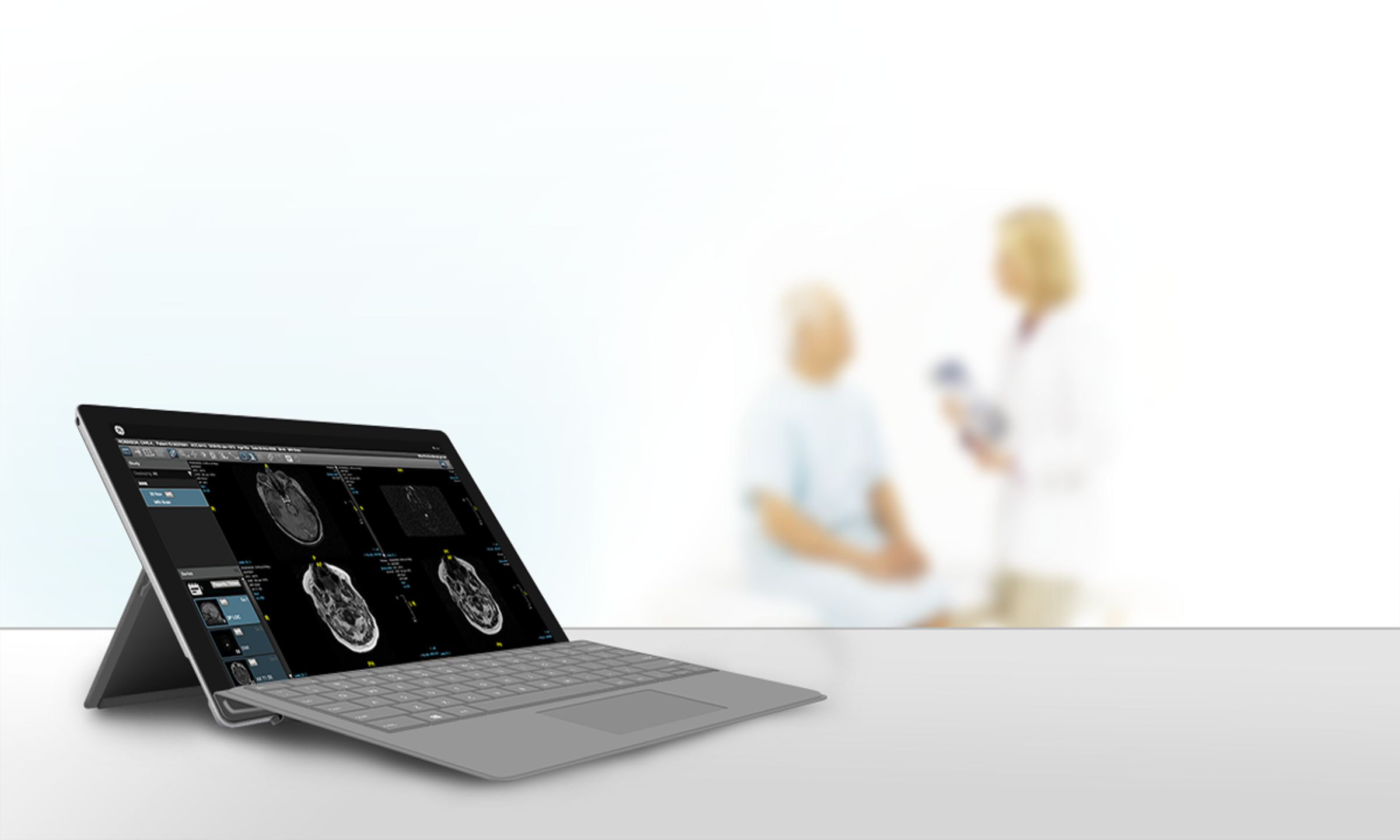
One of the Northeast’s major teaching hospitals is an international leader in virtually every area of medicine. It has been the site of pioneering breakthroughs that have improved lives and advanced healthcare around the world. This hospital includes more than 100 outpatient practices with more than 1,000 physicians serving patients from New England, across the United States, and from more than 100 countries around the world.
The teaching hospital’s radiology practice is vast as well, providing more than 800,000 imaging exams each year. Their archive holds an additional10 million exams dating back to 1998. With so many exams, there is a great need for physicians and clinicians across the enterprise to access images efficiently and to effectively expedite care.
Challenges
Like many other healthcare enterprises across the country, this teaching hospital was challenged with improving the quality of care while also meeting Meaningful Use goals of the healthcare system. When it comes to patient image data, this requires consistent, any-time consolidated image access across a multi-site health system. This access must be available from department, office or home to enable collaboration of care between referring physicians, radiologists and other members of a patient’s care team.
In short, the enterprise needed to image-enable their EHR with a powerful, unified, feature-rich universal viewer that was easy to implement, easy to use and easy to manage. The viewing features had to be accessible by any registered user of their EHR, and not require IT involvement to provision their devices. The viewer then needed to quickly deliver current and prior patient images and information to caregivers’ fingertips, helping ensure the right information was available to guide the right decision at the right time.
The teaching hospital also needed to reduce total cost of ownership, simplify system consolidation and reduce integration burdens on IT staffers. They also sought to enable seamless scaling to support their expansion across the enterprise, since fostering growth and eliminating any unnecessary costs were also priorities.
The Solution
The imaging team chose GE Healthcare’s Centricity Universal Viewer Zero Footprint to allow images from all departments to be viewed directly from the EHR by physicians and referrers throughout the teaching hospital. Because the viewer was zero-footprint and required no local installation, it provided access to a wider variety of clinical users, facilitating enhanced visibility to a more complete patient image history.
The solution achieved very rapid adoption and use, now with 8,800 users and growing, as it is tightly integrated within the EHR. The viewer, designed to work with third-party PACS, provides a powerful and unified workspace for radiologists and clinicians. It brings together intelligent tools, enhanced usability, 3-D visualization and breast imaging. All of these features help optimize productivity with better workflow and simplified access to current images and priors. Now, within a few mouse clicks, a referrer can access patient exams, and also make measurements that can be saved back into the record to ease review, decision-making and collaboration.
Since the solution utilizes server-side rendering, it delivers image data quickly without relying upon image movement between systems. Other time savings result from not requiring provisioning or downloading of any application to the end user’s device. And since it is secure and HIPAA-compliant (no data is downloaded or left behind on the user’s PC or device), it allows mobile tablets and phones to be utilized as well. The viewer provides an excellent user experience, as well as the capability for any clinician with privileges to utilize image data to educate patients and collaborate with colleagues.
Outcomes
The outcomes related to the hospital are notable. To date, the enterprise has archived about 10 million exams going back to 1998, generating more than 800,000 exams a year. The solution interfaces directly with all image repositories, delivering real-time access (<2 seconds) to live studies and near-real time access (<6 seconds) to archived studies.* The enterprise has seen a 90 percent reduction in time to access long-term storage priors* with this solution. And because it requires no local installation, data shows that 82 percent more clinical users have image-enabled access since the clinical imaging solution was deployed in the Epic EHR. All of this helps the clinical team with better access to more complete patient image histories.
In addition to the speed and access advantages delivered by the solution, reductions in cost are real. “From an enterprise perspective, the more we can consolidate, the more effective it is for clinicians and the more effective we are from a cost perspective,” stated the enterprise team leader. “From a system maintenance cost in terms of hardware and server costs and staffing, particularly in an environment like ours where we have a zero-downtime expectation, consolidating systems makes sense for the enterprise.”
Reductions in infrastructure costs are beneficial ultimately to patients because they reduce the cost of delivering clinical services. The outcomes, physician and caregiver feedback, and increase in users show that the solution has enabled this large enterprise to provide better image-enabled interoperability and access to images for their care team via their Epic EHR. Access, too, is scaled to grow with this flourishing enterprise. Ultimately, the facility is offering better access to more users at the point of care and point of decision-making — a win-win for patient care and enterprise image management.
Reference
*As compared with 200 slice CT exam via prior solution.


 April 11, 2024
April 11, 2024 








